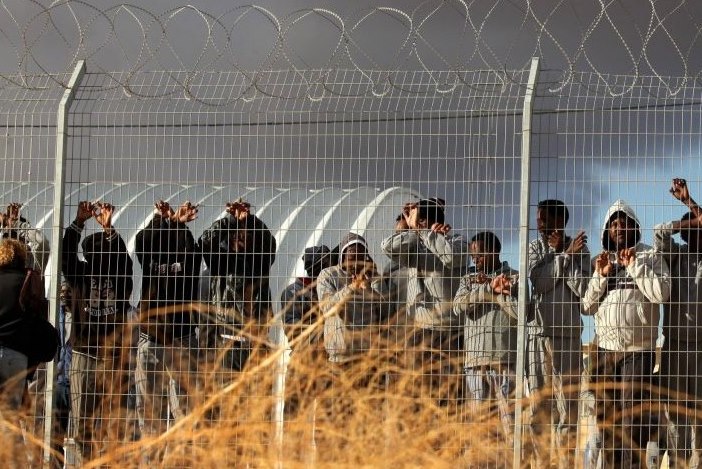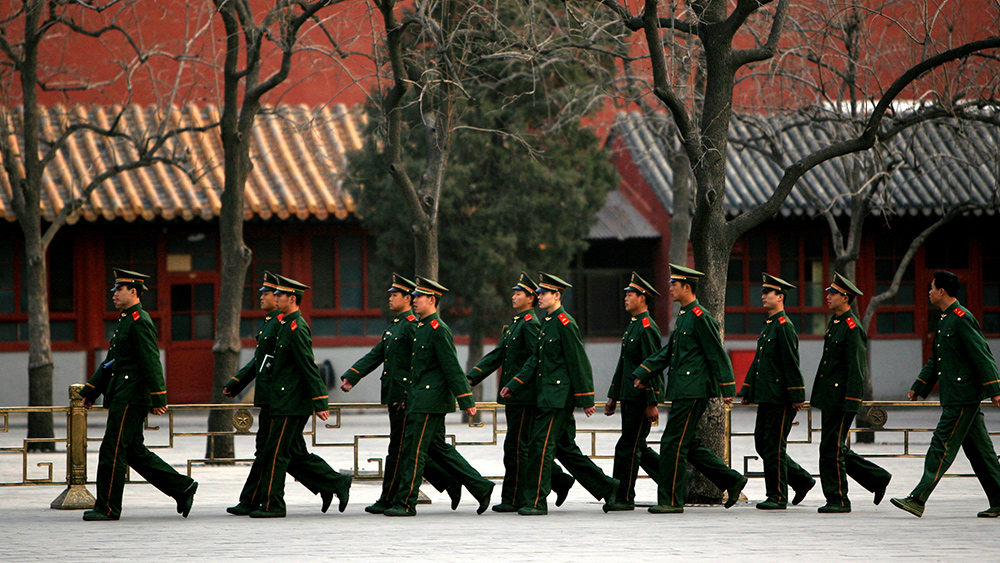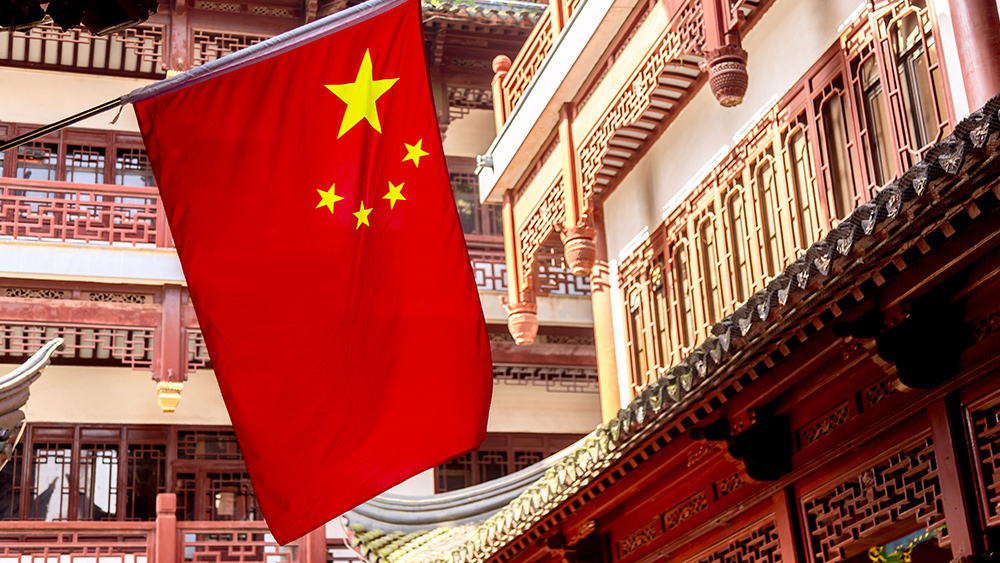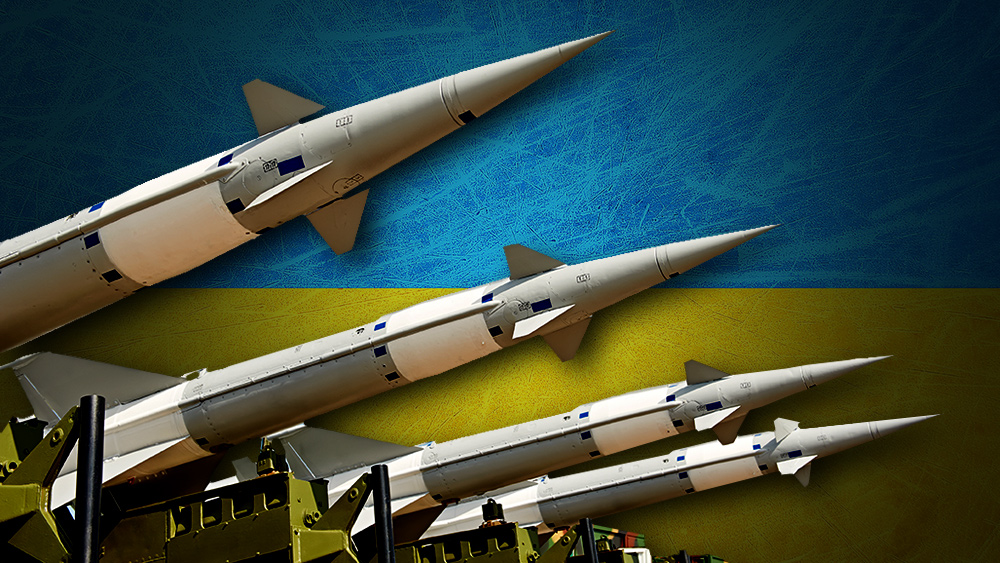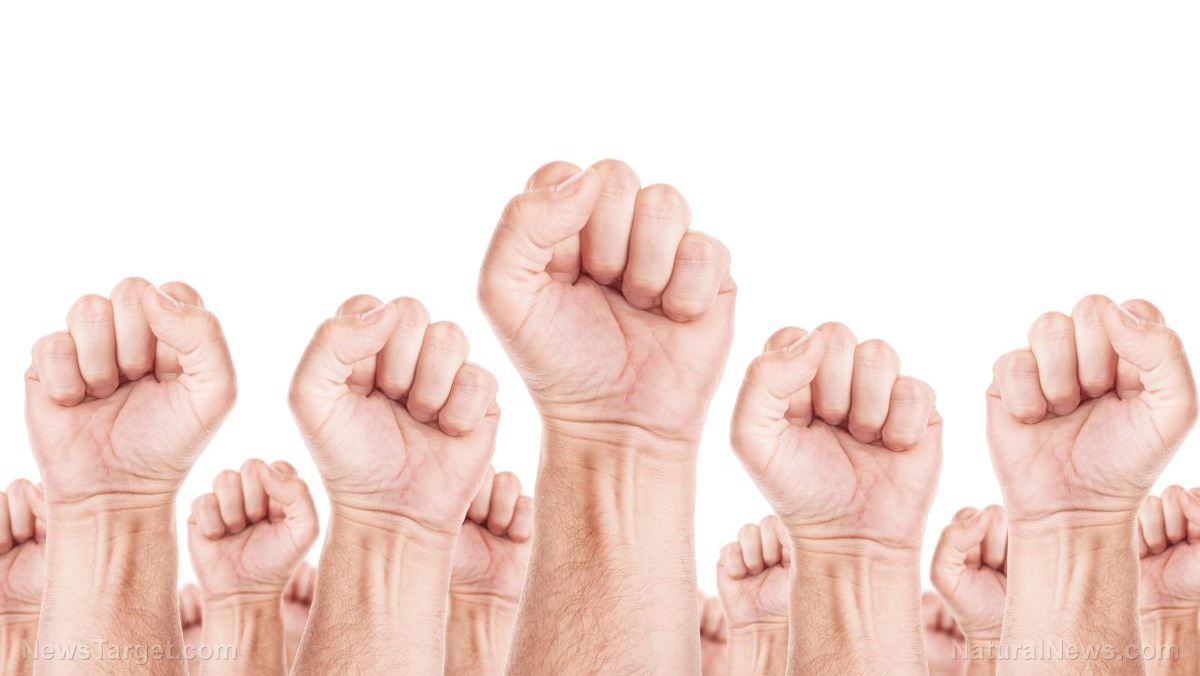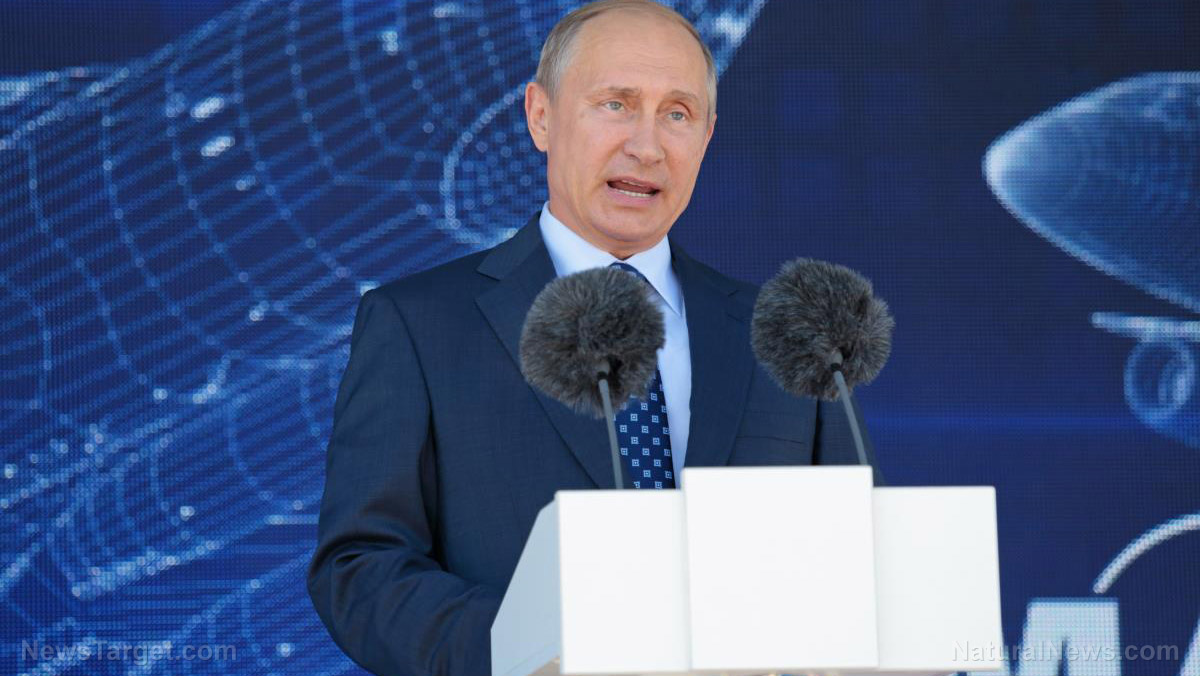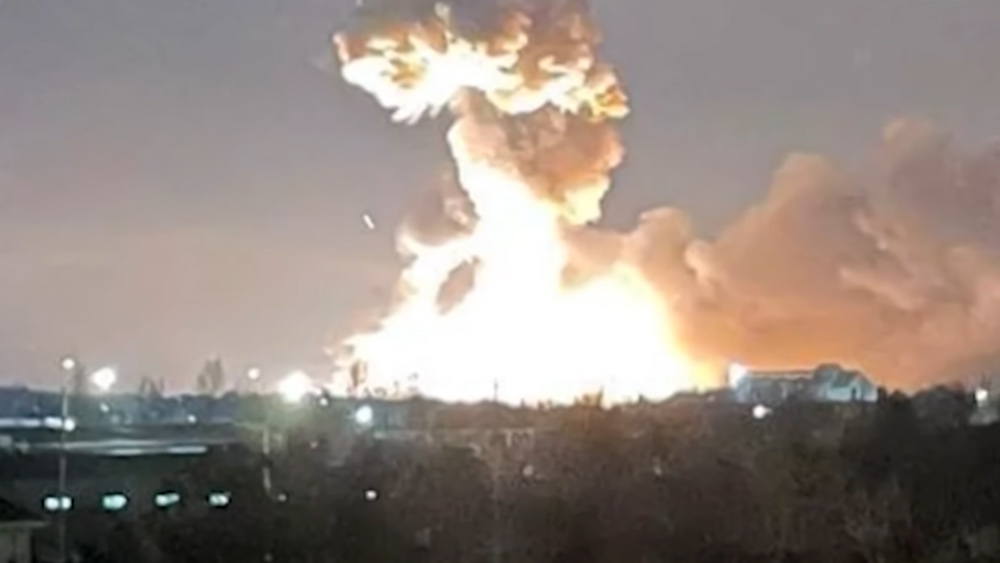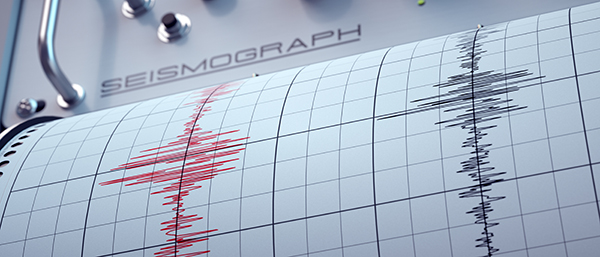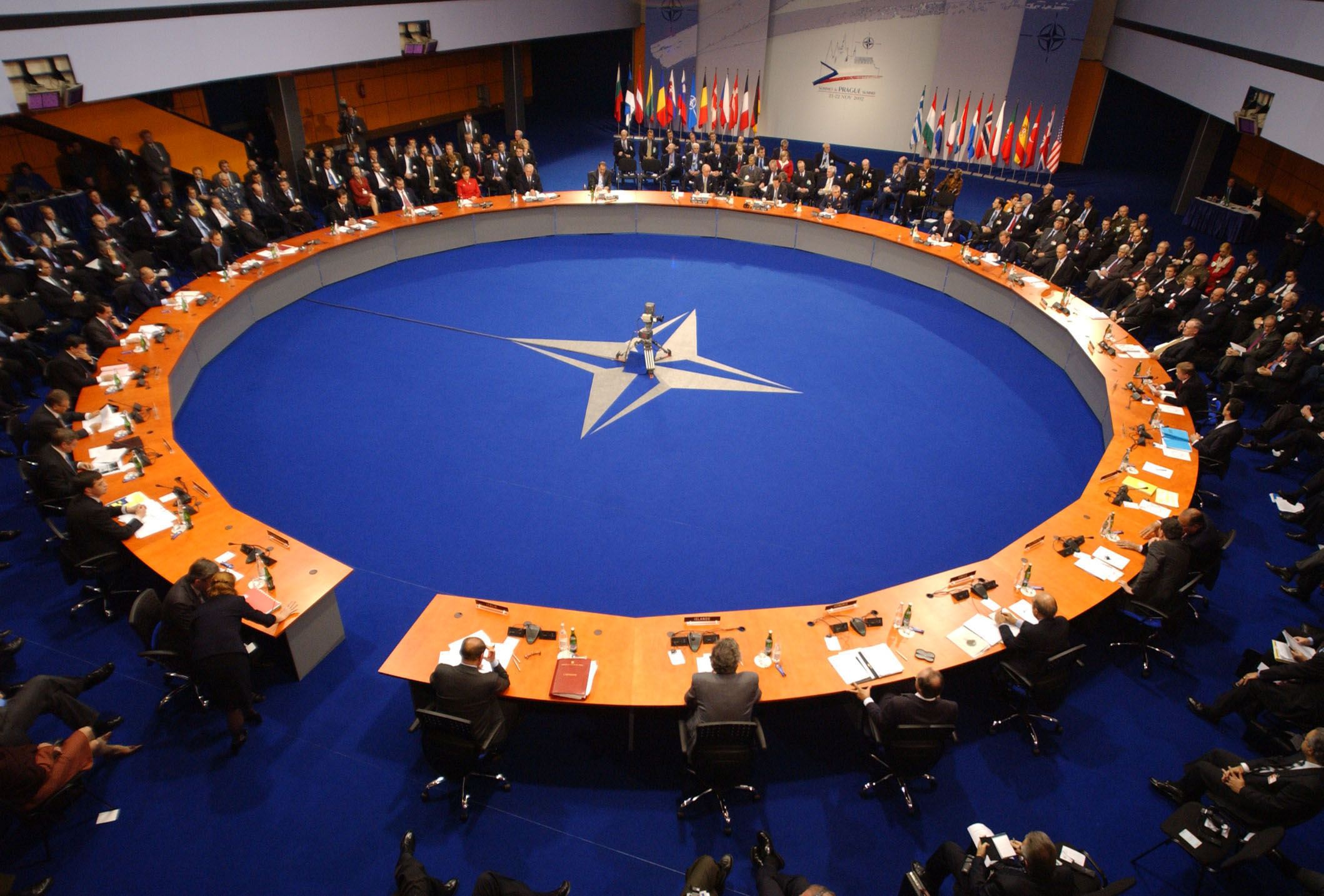Demand for “critical” rare-earth minerals soars amid rapid growth of “clean” energy industry
07/19/2023 / By Ethan Huff

The forced transition to “clean” energy is creating a major resource crunch as global demand for the critical rare-earth minerals used to manufacture solar panels and batteries soars to new heights.
Between 2017 and 2022, according to the latest Critical Minerals Market Review, there has been a “tripling in overall demand for lithium, a 70 percent jump in demand for cobalt, and a 40 percent rise in demand for nickel.”
The International Energy Agency (IEA) says the overall market for these and other minerals critical to the energy transition reached $320 billion in 2022, which is double what it was just five years ago. With that comes an increase in prices for rare-earth minerals.
In 2021 and early 2022 when inflation started skyrocketing all across the board, prices for many critical minerals, notably lithium and nickel, jumped substantially. Prices eased some in the second half of 2022 and early 2023, but are still well above historical averages.
The push for more electric vehicles (EVs) and solar cells is largely responsible for what has been described as “unprecedented growth in the critical minerals markets.”
Critical minerals investments jumped by 30 percent in 2022, and this after a 20 percent increase in 2021. Lithium, which is used to make batteries for consumer electronics and EVs, saw the biggest increase in price, clocking in at 90 percent during that time period.
According to the United Nations (UN), lithium is a “pillar for the fossil fuel-free economy,” meaning it plays a critical role in the energy transition. Without lithium, much of what is being sold as “green” would not exist.
(Related: Communist China recently placed sanctions on Raytheon and Lockheed, potentially cutting off rare-earth minerals to U.S. defense industry.)
BRICS nations own the most rare-earth minerals by far; U.S. owns very little
Uranium is another mineral, so to speak, that is seeing a massive surge in price. Thanks to the war in Ukraine, uranium spending around the world has increased by 60 percent as countries grapple with the prospect of lost energy sources from Russia, which has prompted renewed interest in nuclear power.
Even though Germany, France, and other Western European countries have been phasing out nuclear power, the loss of the Nord Stream pipelines has created an energy crisis in Europe that must be filled – or else it is lights out for our neighbors across the pond.
Spending on nickel has likewise increased by 45 percent over the past several years for many of the same reasons.
“Even so, major challenges remain,” warned Fatih Birol, the IEA’s executive director, adding that “much more needs to be done to ensure supply chains for critical minerals are secure and sustainable.”
Since 2009, the IEA added, export restrictions on critical raw materials have seen a fivefold increase, further demonstrating that demand is growing while supplies stagger.
“If you look at Statista figures, BRICS countries hold most of the largest reserves,” one commenter wrote about which countries have the most critical rare-earth minerals: Brazil, Russia, India, China, and South Africa, as well as their allies.
“Vietnam placed second, while Canada, Australia, and the United States are much lower. BRICS should form an OPEC+ analogous for rare-earth minerals.”
“The U.S. barely has any rare-earth minerals while Russia has a lot,” emphasized another. “And little Zelensky tries to be the middle man to make a handful out of this dilemma, running around the world for a few guns and a tank or two.”
Seeing as how Russia and China own a bulk of the world’s rare-earth minerals, it would be both easy and expedient for the two nations to sanction the West, noted another.
The “green” industry is anything but clean. Learn more at GreenTyranny.news.
Sources for this article include:
Submit a correction >>
Tagged Under:
Clean Energy, climate, Collapse, critical minerals, green energy, green tyranny, IEA, International Energy Agency, lithium, mining, nickel, power, products, rare earth minerals
This article may contain statements that reflect the opinion of the author
RECENT NEWS & ARTICLES
COPYRIGHT © 2017 NATIONAL SECURITY NEWS






